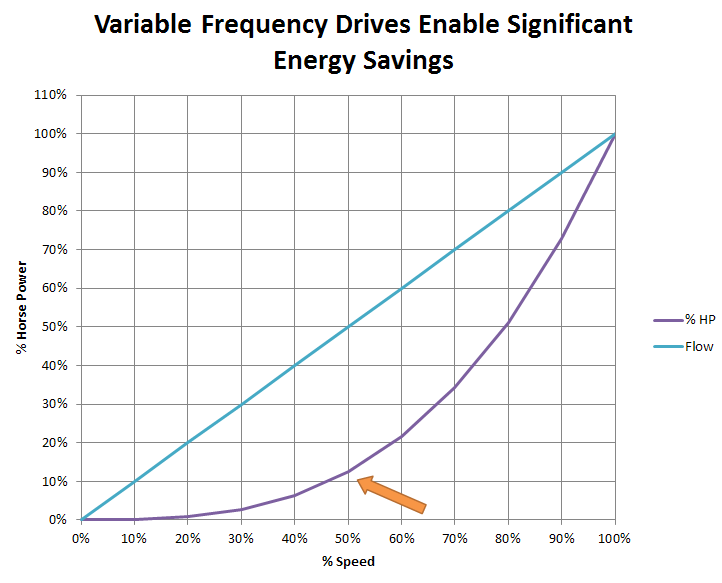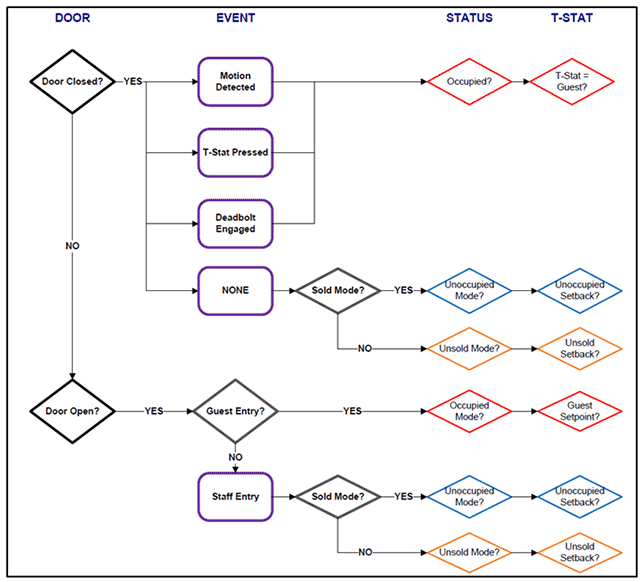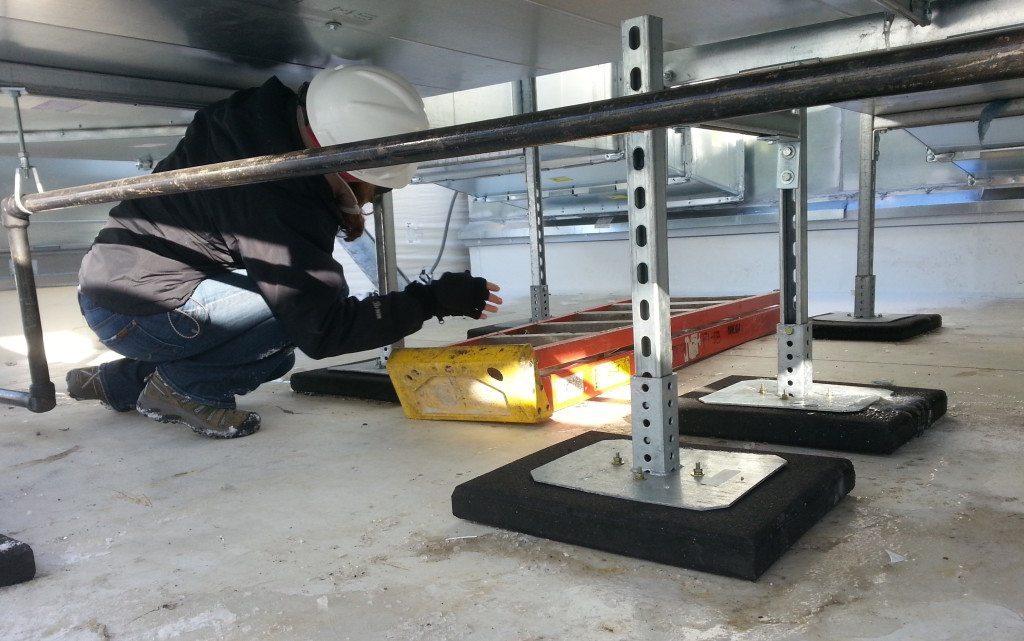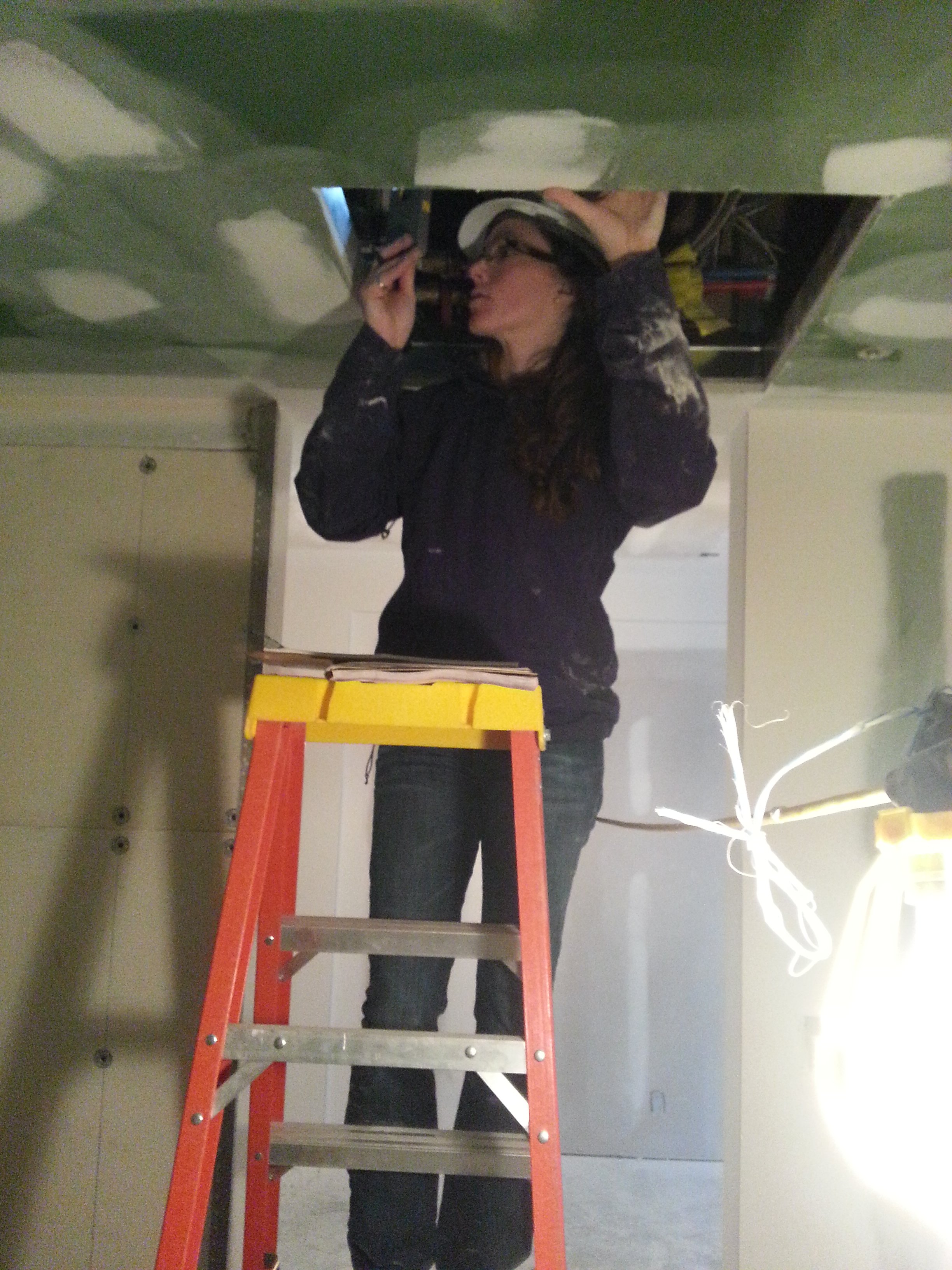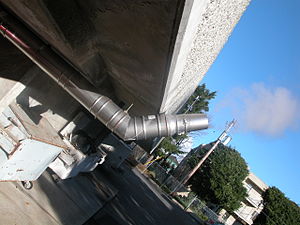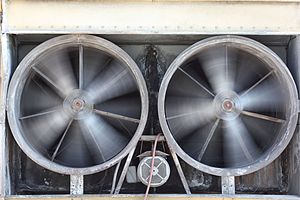We often write about retrocommissioning of existing buildings in this blog and the benefits to the building owners. To put this in context, I thought I would highlight a recent success story. The following project was the retrocommissioning of an existing four-story 100-year-old building. The building houses retail space on the bottom floor and office space on the upper floors. The measures were driven by comfort issues, control issues and an astute building owner who acted on the utility’s audit of opportunities. After two months of monitoring, this HVAC system’s consumption is showing savings of 80% and payback of the project is approximately 2.5 years. Here are the key elements of this retrocommissioning project.
3 min read
Retrocommissioning an Existing Building: A Success Story
By Eveline Killian on Jul 10, 2013 6:00:00 AM
Topics: Building Cx & Design Review Energy Efficiency
3 min read
Hotel Guestroom HVAC Control Systems - Opportunities for Energy Efficiency
By Katie Mason on Jul 3, 2013 6:00:00 AM
Hotels can potentially use very large amounts of energy because of the 24/7 occupied schedule for common areas and the necessity to have local controls in each guestroom. Typically, these controls are not monitored and not adjustable unless manually changed at the room thermostat.
Topics: Building Cx & Design Review Energy Efficiency
4 min read
The Building Controls Are (Not) Done
By Matt Napolitan on Jun 26, 2013 6:00:00 AM
Building controls are always the last thing to get done on a project – at least on the mechanical side. They basically have to be. You can’t control what isn’t there and until the systems and equipment have been fully installed, started and balanced, the controls contractor can’t finish. As a result, controls contractors are often rushed and expected to complete, say, two weeks of work in two days. The result is often less-than-complete controls or a system that hasn’t been fully vetted which, sooner or later, results in a confused or unhappy building owner or occupants.
Topics: Building Cx & Design Review
3 min read
The Evolving Building Commissioning Industry - a Report from NCBC 2013
By Brent Weigel on Jun 19, 2013 6:00:00 AM
At the National Conference on Building Commissioning (NCBC), it was very much apparent that the building commissioning industry is growing and evolving. Demand for commissioning is increasing among building owners and developers, new software tools and mobile apps are being developed to support cloud-based commissioning process management, and municipalities are adopting new commissioning requirements into their building codes, not only for building projects, but also for commissioning providers.
Topics: Green Building Public Policy
5 min read
Building Control System Graphics - Common Pitfalls
By Ben Fowler on Jun 12, 2013 6:00:00 AM
Introduction
The graphical interfaces that connect building operators to the HVAC, lighting, power management, security, and other systems are critical elements of a building control system (A.K.A. BMS, DDC, EMS, but for the purposes of this post, we will focus on the “graphics” portion of the controls server, independent of what the control server is called colloquially). The graphical interface provides the building operators quick access to many pieces of useful (and sometimes critical) information which supports building operation. These include, for example, system status readings, alarms, sensor readings, damper/valve positions, fan/pump speeds, and energy performance metrics. The graphics also provide a means for operators to change setpoints, adjust alarm limits, enable/disable equipment, and do many other functions throughout a potentially large building or campus, right from their desk or a control system workstation.
Topics: Building Performance & Technology
3 min read
Five Critical Rules for Energy Efficiency Provider Success
By Jennifer Chiodo on Jun 5, 2013 6:00:00 AM
As Eveline discussed in her last blog post on green banks, there are significant hurdles to gaining the trust and investment dollars of building owners to support energy efficiency investments. Because as efficiency providers we see these investments as certain, we expect owners to share our view and jump at the opportunity to invest in their property and get a great return. As Eveline mentioned, energy efficiency providers have a significant role in getting owners to adopt efficient practices. Here are five rules that can increase the success of energy efficiency programs and providers:
Topics: Energy Efficiency Workplace & People
3 min read
Green Banks on the Horizon: Third Party Energy Efficiency Financing
By Eveline Killian on May 29, 2013 6:00:00 AM
One of the most challenging parts of my job is when despite identifying cost-effective energy saving opportunities that have additional benefits, such as equipment lifetime extension and reduced maintenance costs, a company decides not to follow through with the project. Whatever the cost or the payback period, sometimes companies remain reticent to make a capital investment in even the simplest and most inexpensive improvements during volatile economic times. So, I herald the concept of “green banks” and revolving loan funds that states and utilities are implementing as another tool to make it easier for businesses to make smart investments in energy efficiency measures.
Topics: Public Policy
3 min read
Functional Performance Testing of Your HVAC System Brains: Part 2
By Katie Mason on May 22, 2013 6:00:00 AM
In Part 1 of this blog post series, I discussed the process and reasoning behind why it is important to do functional performance testing (FPT) on your building HVAC system. I also provided examples of issues that can arise during this testing, which are typically easily fixed via the DDC (direct digital control) system programming but would have slipped under the radar otherwise. Another reason this testing is performed is to find opportunities for energy savings. Part of our role as energy specialists is to understand how to tailor HVAC systems to provide the same performance while lowering the energy involved to make it work, ultimately allowing your system equipment and components to have a longer life span.
Topics: Building Cx & Design Review
2 min read
The Evolution of a Hospitality Heat Pump System
By Matt Napolitan on May 15, 2013 6:00:00 AM
We are wrapping up the commissioning of a water source heat pump system for a 120+ room hotel. Our involvement began in the design stage when the initial concept was to use condensing boilers to heat both the domestic hot water (indirectly) and heat pump loop. While this is a fairly typical scenario, especially in the hospitality industry where first cost is typically given a very high priority, it leaves a lot of the boilers’ potential energy efficiency on the table.
Topics: Building Cx & Design Review Building Performance & Technology
3 min read
Three Commissioning Essentials for Energy Savings
By Brent Weigel on May 8, 2013 6:00:00 AM
Which energy systems should be included in a building commissioning process if you cannot do them all? Commissioning a building includes a lot of details, and often a lot of equipment. The overall process is generally standardized (see ASHRAE Guideline 0), but the scope of building commissioning can vary a great deal from project to project. LEED certified buildings require commissioning for all energy-related systems associated with HVAC, domestic hot water (DHW), lighting, and renewable energy. Non-LEED building projects may require only HVAC, or may include additional building systems such as the building envelope. But what energy systems can potentially benefit most from a building commissioning process? The precise answer to this question will depend upon the type and quantity of energy systems in a given building project; nevertheless, a reasonable answer to this question may be found in the 2011 Vermont Commercial Building Energy Standard (VCBES).

